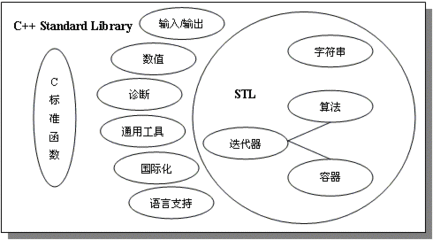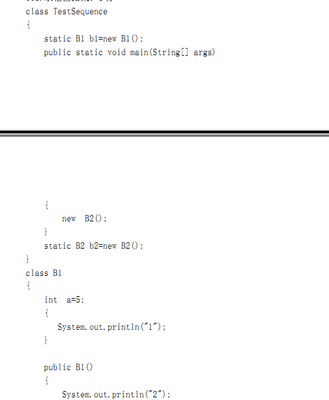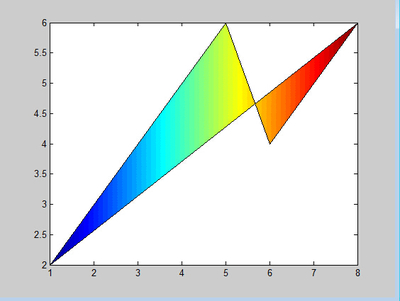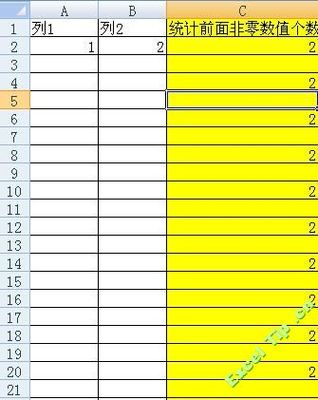C语言中先申明结构体,也就是定义结构体具体形式,而后可以把它当做普通数据类型来修饰变量,也可以在定义类型时后面直接跟着定义几个变量,下面小编就为你介绍c语言struct的用法。
基本定义:结构体,通俗讲就像是打包封装,把一些有共同特征(比如同属于某一类事物的属性,往往是某种业务相关属性的聚合)的变量封装在内部,通过一定方法访问修改内部变量。
结构体定义:
第一种:只有结构体定义
[cpp] view plain
structstuff{
charjob[20];
intage;
floatheight;
};
第二种:附加该结构体类型的“结构体变量”的初始化的结构体定义
[cpp] view plain
//直接带变量名Huqinwei
structstuff{
charjob[20];
intage;
floatheight;
}Huqinwei;
也许初期看不习惯容易困惑,其实这就相当于:
[cpp] view plain
structstuff{
charjob[20];
intage;
floatheight;
};
structstuffHuqinwei;
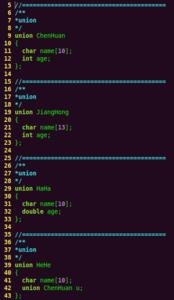
第三种:如果该结构体你只用一个变量Huqinwei,而不再需要用
[cpp] view plain
structstuffyourname;
去定义第二个变量。
那么,附加变量初始化的结构体定义还可进一步简化出第三种:
[cpp] view plain
struct{
charjob[20];
intage;
floatheight;
}Huqinwei;
把结构体名称去掉,这样更简洁,不过也不能定义其他同结构体变量了——至少我现在没掌握这种方法。
结构体变量及其内部成员变量的定义及访问:
绕口吧?要分清结构体变量和结构体内部成员变量的概念。
就像刚才的第二种提到的,结构体变量的声明可以用:
[cpp] view plain
structstuffyourname;
其成员变量的定义可以随声明进行:
[cpp] view plain
structstuffHuqinwei={"manager",30,185};
也可以考虑结构体之间的赋值:
[cpp] view plain
structstufffaker=Huqinwei;
//或structstufffaker2;
//faker2=faker;
打印,可见结构体的每一个成员变量一模一样
如果不使用上边两种方法,那么成员数组的操作会稍微麻烦(用for循环可能好点)
[cpp] view plain
Huqinwei.job[0]='M';
Huqinwei.job[1]='a';
Huqinwei.age=27;
nbsp;Huqinwei.height=185;
结构体成员变量的访问除了可以借助符号".",还可以用"->"访问(下边会提)。
指针和数组:
这是永远绕不开的话题,首先是引用:
[cpp] view plain
structstuff*ref=&Huqinwei;
ref->age=100;
printf("ageis:%dn",Huqinwei.age);
指针也是一样的
[cpp] view plain
structstuff*ptr;
ptr->age=200;
printf("ageis:%dn",Huqinwei.age);
结构体也不能免俗,必须有数组:
[cpp] view plain
structtest{
inta[3];
intb;
};
//对于数组和变量同时存在的情况,有如下定义方法:
structteststudent[3]={{{66,77,55},0},
{{44,65,33},0},
{{46,99,77},0}};
//特别的,可以简化成:
structteststudent[3]={{66,77,55,0},
{44,65,33,0},
{46,99,77,0}};
变长结构体
可以变长的数组
[cpp] view plain
#include<stdio.h>
#include<malloc.h>
#include<string.h>
typedefstructchangeable{
intiCnt;
charpc[0];
}schangeable;
main(){
printf("sizeofstructchangeable:%dn",sizeof(schangeable));
schangeable*pchangeable=(schangeable*)malloc(sizeof(schangeable)+10*sizeof(char));
printf("sizeofpchangeable:%dn",sizeof(pchangeable));
schangeable*pchangeable2=(schangeable*)malloc(sizeof(schangeable)+20*sizeof(char));
pchangeable2->iCnt=20;
printf("pchangeable2->iCnt:%dn",pchangeable2->iCnt);
strncpy(pchangeable2->pc,"helloworld",11);
printf("%sn",pchangeable2->pc);
printf("sizeofpchangeable2:%dn",sizeof(pchangeable2));
}
运行结果
[cpp] view plain
sizeofstructchangeable:4
sizeofpchangeable:4
pchangeable2->iCnt:20
helloworld
sizeofpchangeable2:4
结构体本身长度就是一个int长度(这个int值通常只为了表示后边的数组长度),后边的数组长度不计算在内,但是该数组可以直接使用。
(说后边是个指针吧?指针也占长度!这个是不占的!原理很简单,这个东西完全是数组后边的尾巴,malloc开辟的是一片连续空间。其实这不应该算一个机制,感觉应该更像一个技巧吧)
结构体嵌套:
结构体嵌套其实没有太意外的东西,只要遵循一定规律即可:
[cpp] view plain
//对于“一锤子买卖”,只对最终的结构体变量感兴趣,其中A、B也可删,不过最好带着
structA{
structB{
intc;
}
b;
}
a;
//使用如下方式访问:
a.b.c=10;
特别的,可以一边定义结构体B,一边就使用上:
[cpp] view plain
structA{
structB{
intc;
}b;
structBsb;
}a;
使用方法与测试:
[cpp] view plain
a.b.c=11;
printf("%dn",a.b.c);
a.sb.c=22;
printf("%dn",a.sb.c);
结果无误。
结构体与函数:
关于传参,首先:
[cpp] view plain
voidfunc(int);
func(a.b.c);
把结构体中的int成员变量当做和普通int变量一样的东西来使用,是不用脑子就想到的一种方法。
另外两种就是传递副本和指针了 :
[cpp] view plain
//structA定义同上
//设立了两个函数,分别传递structA结构体和其指针。
voidfunc1(structAa){
printf("%dn",a.b.c);
}
voidfunc2(structA*a){
printf("%dn",a->b.c);
}
main(){
a.b.c=112;
structA*pa;
pa=&a;
func1(a);
func2(&a);
func2(pa);
}
占用内存空间:
struct结构体,在结构体定义的时候不能申请内存空间,不过如果是结构体变量,声明的时候就可以分配——两者关系就像C++的类与对象,对象才分配内存(不过严格讲,作为代码段,结构体定义部分“.text”真的就不占空间了么?当然,这是另外一个范畴的话题)。
结构体的大小是结构体所含变量大小的总和,并且不能用"char a[]"这种弹性(flexible)变量,必须明确大小,下面打印输出上述结构体的size:
[cpp] view plain
printf("sizeofstructman:%dn",sizeof(structman));
printf("size:%dn",sizeof(Huqinwei));
结果毫无悬念,都是28:分别是char数组20,int变量4,浮点变量4.
和C++的类不一样,结构体不可以给结构体内部变量初始化,。
如下,为错误示范:
[cpp] view plain
#include<stdio.h>
//直接带变量名Huqinwei
structstuff{
//charjob[20]="Programmer";
//charjob[];
//intage=27;
//floatheight=185;
}Huqinwei;
PS:结构体的声明也要注意位置的,作用域不一样。
C++的结构体变量的声明定义和C有略微不同,说白了就是更“面向对象”风格化,要求更低。
 爱华网
爱华网
